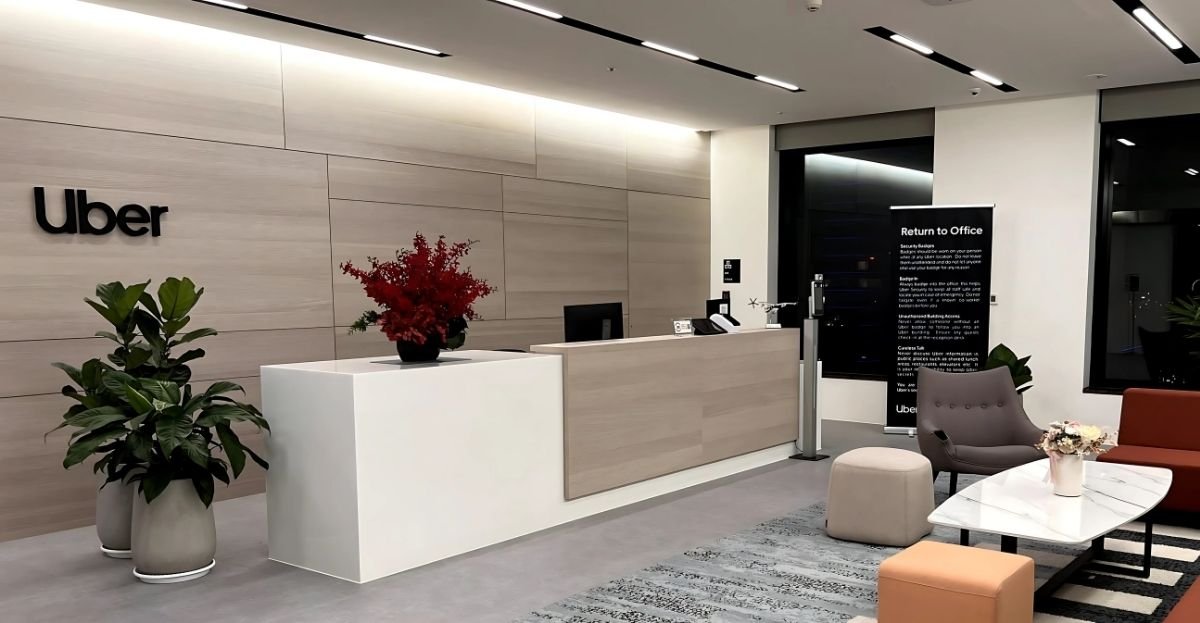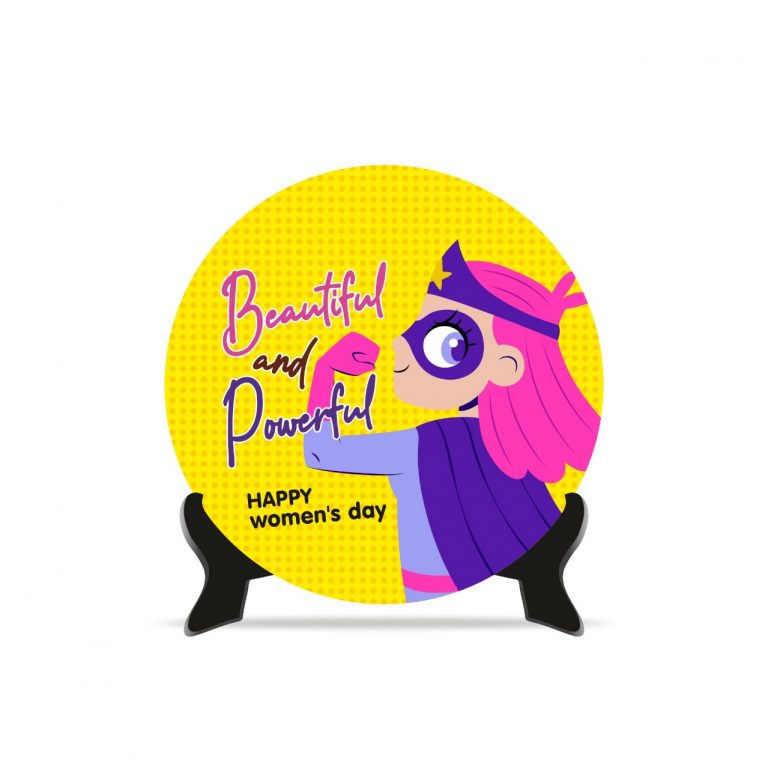The Hidden Cost of Always Being “On”
In a business that never sleeps, the pressure on employees is relentless. Uber, a company operating across time zones and delivering services around the clock, faces one of the toughest challenges of modern corporate life-employee burnout. When constant connectivity becomes the norm, fatigue, stress, and disengagement can silently erode both morale and productivity. That’s why addressing workplace mental health and prioritizing employee wellbeing have become strategic imperatives, not just afterthoughts. In this blog, we explore how Uber workplace culture, backed by robust Uber HR policies and meaningful wellness programs, is evolving to meet these needs head-on.
Uber’s 24/7 Business Model: A Unique Challenge
Uber operates globally with drivers, delivery partners, customer support agents, and corporate employees functioning in different time zones. This presents a constant demand for responsiveness and service excellence, which puts employees-especially those in operations, engineering, and customer support-under immense stress. Left unchecked, this can lead to employee burnout, higher attrition rates, and declining performance.
This is why workplace stress management has become a key priority for Uber’s leadership. Managing operations efficiently while also building systems that reduce stress is not just a balance-it’s a necessity.
A Culture Shift: How Uber Workplace Culture Is Evolving
Over the years, Uber workplace culture has undergone a significant transformation. The earlier startup-like hustle has given way to a more structured, thoughtful culture that places equal emphasis on results and resilience.
One of the most visible shifts has been a cultural move from purely performance-driven KPIs to a more balanced scorecard that includes employee wellbeing. Uber now encourages open dialogue about stress, flexibility in work models, and empathetic leadership. These changes have helped build a more psychologically safe environment-crucial in preventing employee burnout.
Uber HR Policies: Supporting Health and Productivity
Uber HR policies have been realigned to meet the new realities of work. The company has implemented “Wellness Wednesdays,” offers “mental health days” apart from sick leave, and has established a 24/7 mental health helpline accessible to all employees. These initiatives show a serious commitment to mental health at work.
Additionally, the HR team conducts regular pulse surveys to assess workplace mental health and uses the findings to update policies in real time. One key aspect of this approach is transparency-employees are informed about the changes being made based on their feedback, reinforcing a culture of trust.
Wellness Programs at Uber: More Than Just Perks
Gone are the days when beanbags and gym discounts counted as wellness perks. Uber’s modern wellness programs take a more holistic view, covering physical, emotional, and psychological well-being.
The programs include therapy reimbursements, meditation app subscriptions, ergonomic home office setups, and live wellness coaching. Uber also conducts regular webinars on burnout prevention strategies to empower employees with practical tools for workplace stress management.
For example, one of Uber’s standout offerings is a 6-week “Burnout Recovery and Prevention” bootcamp, led by psychologists and life coaches. Such initiatives address employee burnout head-on, combining science-backed tools with proactive support.
Related Posts
Employee Burnout: Spotting the Warning Signs Early
At Uber, spotting the signs of employee burnout is now a shared responsibility between managers and the People Analytics team. Using anonymized data, Uber identifies early indicators-such as missed deadlines, reduced collaboration, or increased absenteeism-and flags these for managerial attention.
Training managers to recognize emotional cues and escalate concerns is a key part of burnout prevention strategies. By acting early, Uber avoids reactive firefighting and instead builds a more resilient, self-aware workforce.
Stress Management and Mental Health Awareness Training
Another major investment is in training. Uber requires all people managers to complete certifications in workplace stress management and mental health at work. These sessions are not optional and help ensure that employees receive support from trained individuals, not just well-meaning supervisors.
Creating this layer of informed support is critical in a high-performance, always-on environment. It ensures that Uber workplace culture supports wellness and engagement, not just output.
A New Model for a New Era
Employee burnout may be a common problem in 24/7 business models, but Uber is proving that it’s not inevitable. Through thoughtful Uber HR policies, evolved Uber workplace culture, and science-backed wellness programs, the company is reshaping how organizations can support employee wellbeing while delivering global services at scale.
The future of work demands that companies treat workplace mental health not as a side project, but as a foundational element of their success. Uber’s ongoing journey offers a strong case study in how intentional strategy, empathy, and innovation can come together to support employees.
By focusing on real human needs and embedding burnout prevention strategies into day-to-day operations, Uber is turning a potential weakness into a strategic advantage. It’s a lesson in sustainability-not just of business operations, but of people.
Editor’s Note: This article presents publicly available information only as part of our employer branding insights series. It does not reflect legal opinions or endorsements related to any ongoing or future legal matters involving the organization.










